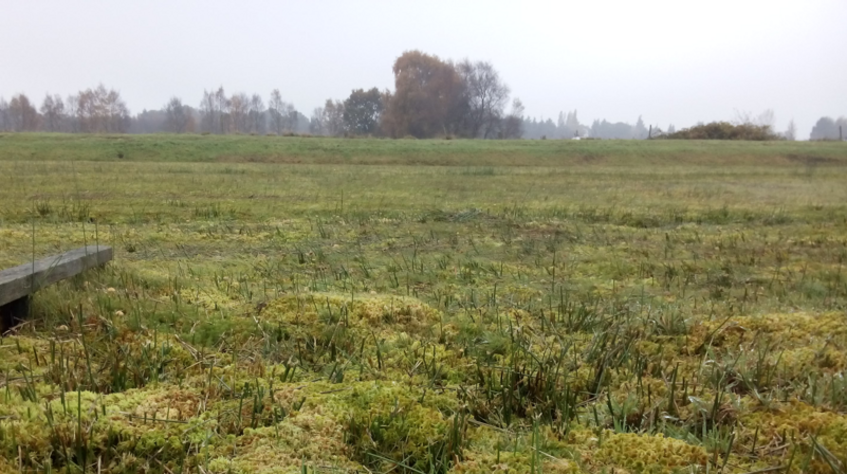Tracking down Austria's peat in the PeatGOV-Austria project
"Get out of here, peat!" said oxygen as it passed through the pores of the earth's soil.
Researchers in the new PeatGOV-Austria project, funded by the Austrian Climate Research Program (ACRP), are studying how best to keep peat in the field. The research teams from the Working Group Geoecology of the University of Vienna and the University of Natural Resources and Applied Life Sciences (BOKU) are working together on the question "How large is the greenhouse gas emission from agriculturally used peatland and what could climate-appropriate management of the land look like."
Since the last ice age, a considerable carbon stock in the form of non-rotting plant remains (peat) has formed on peatlands under oxygen exclusion. Most of these areas have been drained for agricultural use over the centuries with the consequence that the carbon in the peat is degraded by oxygenation and escapes into the atmosphere as CO2. However, utilized peatlands do not necessarily have to be a source of CO2. They can also be used to store carbon in the soil. To achieve this, however, the scientific foundations must first be laid. In concrete terms, this means quantifying how large the peat areas on arable and pasture land actually are.
There is still no comprehensive map of Austria's peat areas. There is already a lot of secondary information available, but it is mostly not comprehensive and in different definitions and scales. One of the key tasks of the Working Group Geoecology will be to sift through this existing map and data material, evaluate it and compile it into a common map. An important focus here will be on estimating map error and evaluating the result. This will be done at different locations in the field and in the laboratory.
Once information about the peat distribution has been obtained, the factors provided by the IPCC for estimating greenhouse gas emissions can be adapted to the regional conditions in Austria. Subsequently, different climate scenarios can be used to test how greenhouse gas emissions would change in a warmer climate and under different management.
Project duration: since 1.12.2020 for 24 months
Project team at the University of Vienna: Stephan Glatzel, Christine Kroisleitner (Dissertantin)
Project partner: BOKU: InFer (Institute of Forest, Environmental, and Natural Resource Policy), AFO (Institute of Agricultural and Forestry Economics)
Funded by: ACRP, Austrian Climate Research Program
Contribution to the Hörndl, Körndl & Co Podcast Episode 26 "Agriculturally used peat soils as climate savers?": https://open.spotify.com/episode/0bvpU6n5XpoWetatrrzKhi?si=rHpaoZsmT3iNW_9dQLJomA&nd=1
(c) Christine Kroisleitner

(c) Stephan Glatzel
